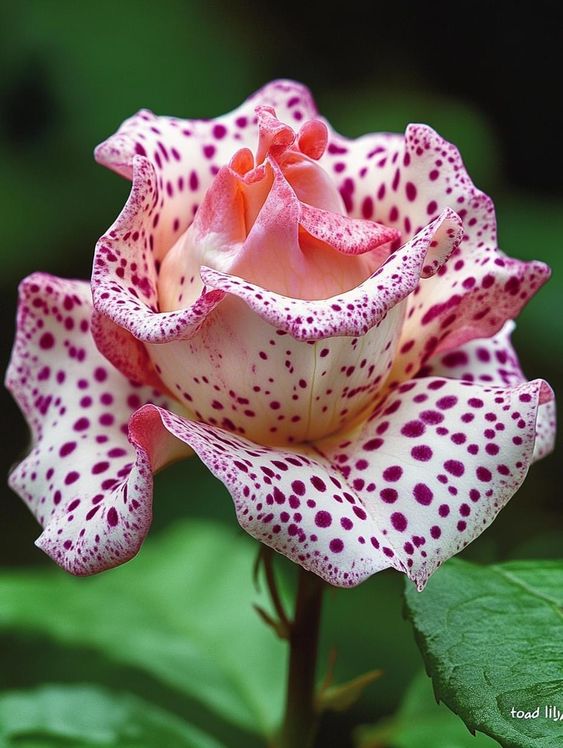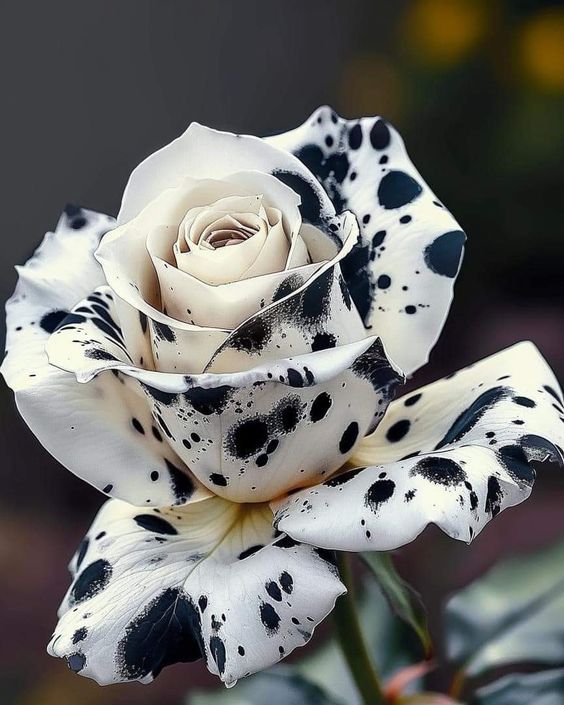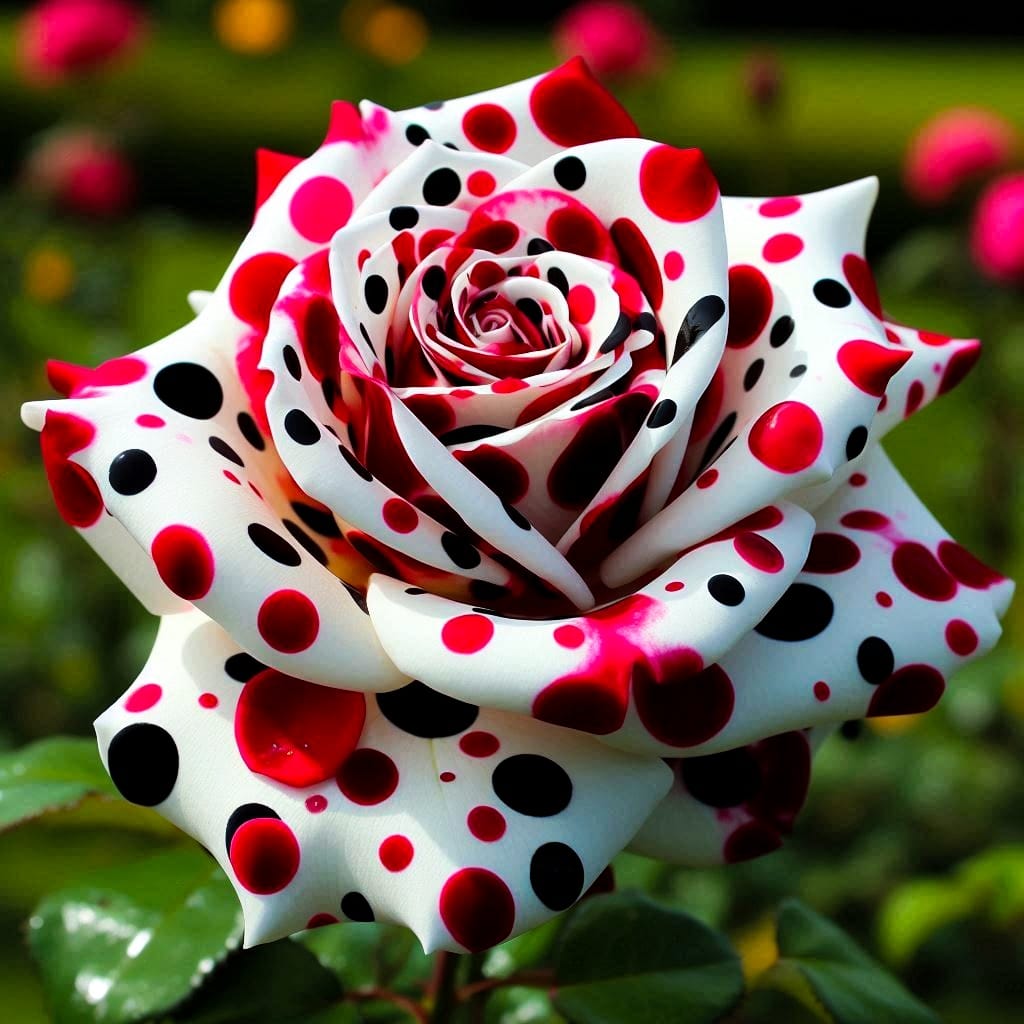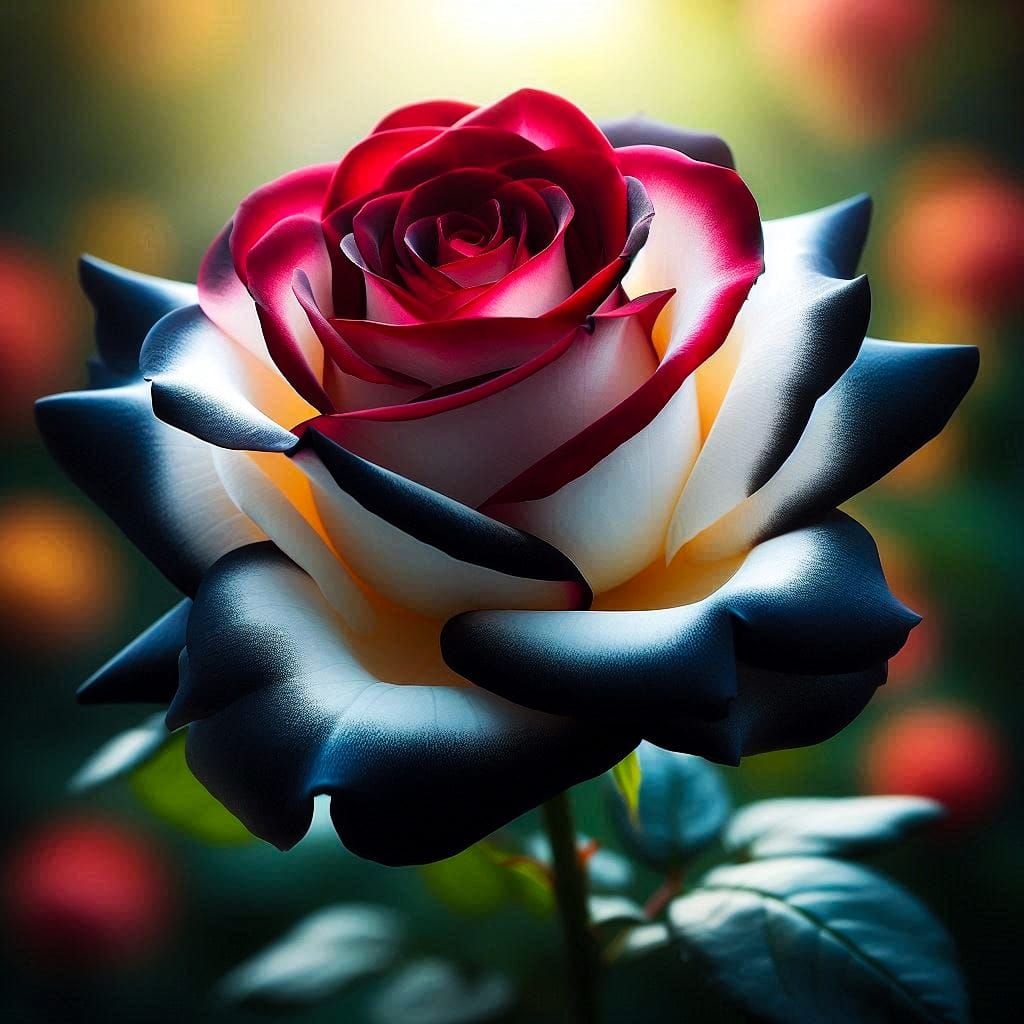The Enchanting “Rose”: A Comprehensive Guide
Roses have long captivated the human imagination, intertwining their lush beauty with rich symbolism and deep emotional resonance. As June’s birth flower, they signify love and affection, making them a cherished choice in bouquets and gardens alike. The intricate landscape of roses extends beyond mere aesthetics; it encompasses diverse varieties, cultivation techniques, and cultural significance that can transform a simple garden into a personal sanctuary. From the regal David Austin roses to the delicate charms of garden roses, each type offers unique qualities that resonate with different personalities and settings. Exploring this enchanted world invites us to ponder not only the physical aspects of these blooms but also their enduring place in our lives—serving as symbols of connection, beauty, and even healing.

Understanding Rose Varieties
The Diversity of Roses
When embarking on a journey through the enchanted realm of roses, one soon encounters an incredible diversity. This includes everything from traditional hybrid teas to the fragrant garden roses celebrated for their full blooms and complex scents. Each type of rose tells its own story, embodying different emotions and meanings, making them ideal for various occasions. For instance, red roses are synonymous with romantic love, while yellow roses symbolize friendship and joy. Such associations remind us that flowers aren’t merely decorative elements; they evoke feelings and memories, much like a classic love letter or a treasured photograph.

Symbolism Beyond the Surface
The symbolism surrounding roses is both universal and deeply personal. As featured in various articles, pink roses convey admiration and gratitude, while white roses speak to purity and new beginnings. Yet, beyond this established dictionary of meanings lies an ocean of individual interpretation shaped by culture and personal experience. One might recall the first rose given to them by a loved one or the arrangements at significant life events—weddings, graduations, or memorials. Each petal carries with it whispers of stories past, reflecting not just the beauty of nature but also the intricacies of human relationships.
The Art of Cultivation
From Seedling to Splendor
To truly appreciate roses, one must also delve into nurturing practices and cultivation methods. Many enthusiasts find joy in creating their own rose gardens, where patience and care yield breathtaking results over time. Engaging with the process—from selecting suitable soil to mastering pruning techniques—can be akin to nurturing one’s own potential. Just as a rose requires adequate sunlight, water, and nutrients to flourish, personal growth often necessitates similar attention and self-care. Utilizing comprehensive guides, such as those that provide insight into sustainable gardening practices, enriches this experience further. Sustainable approaches not only promise resilient and healthy plants but also contribute positively to the environment—a nod towards stewardship that every gardener can embrace. As we cultivate roses, we also cultivate a deeper relationship with our surroundings, finding ways to coexist harmoniously with nature.

Sustainable Practices and Environmental Stewardship
Cultivating roses through sustainable practices is not only beneficial for the plants themselves but also contributes to a healthier environment. This holistic approach involves considering the long-term well-being of the garden ecosystem, from the soil quality to the impact on local wildlife.
One key aspect of sustainable rose cultivation is the use of organic fertilizers and natural pest management strategies. Synthetic chemicals can disrupt the delicate balance of the soil and harm beneficial insects, such as pollinators. By opting for compost, natural mulches, and eco-friendly pest control methods, rose enthusiasts can nurture their plants while minimizing their environmental footprint.
Another important consideration is water conservation. Roses can be thirsty plants, but with the right techniques, gardeners can effectively manage water usage. Implementing drip irrigation systems, mulching, and selecting drought-tolerant rose varieties can all help reduce water consumption without compromising the health and beauty of the roses.

Beyond the immediate garden, sustainable rose cultivation can also contribute to broader environmental initiatives. Choosing native or locally adapted rose cultivars can support regional biodiversity and reduce the need for resource-intensive transportation. Additionally, engaging in rose-related community projects, such as urban gardening or rose restoration efforts, can foster a sense of stewardship and inspire others to adopt eco-friendly practices.
By embracing sustainable practices, rose enthusiasts can enjoy the enchanting beauty of their roses while also playing a role in preserving the natural world around them. This holistic approach highlights the interconnectedness of our gardens and the wider environment, inviting us to cultivate not just roses, but a deeper understanding and appreciation for the delicate balance of our ecosystems.
Cultural Significance and Artistic Expression
Roses in Our Lives
Throughout history, roses have held significant cultural importance. They appear in literature, art, and even science, reflecting their multifaceted role in human society. For example, renowned artists have drawn inspiration from the striking elegance of roses, leading to masterpieces that resonate through time. When contemplating the enchanting rose, one cannot overlook its presence in fairy tales and folklore, portraying themes of resilience and unexpected beauty, as seen in stories like Beauty and the Beast.

Culinary and Medicinal Uses
Beyond ornamental beauty, roses offer practical applications. The soft petals can enhance culinary experiences through their incorporation into jams, jellies, and teas, adding not only flavor but a touch of sophistication. Moreover, the medicinal properties associated with rose petals—including anti-inflammatory and antioxidant benefits—invite exploration into holistic remedies that celebrate the duality of beauty and utility. This multi-dimensional approach to roses unveils a world where aesthetics and functionality blend seamlessly, enriching our lives in both visual delight and tangible benefits.
Roses in Art and Literature
The enchanting rose has long been a source of inspiration for artists and writers throughout history. From the delicate watercolor paintings of Georgia O’Keeffe to the vivid depictions in the poetry of Elizabeth Barrett Browning, the rose has captivated the creative imagination.
In literature, roses have often symbolized themes of love, beauty, and the human condition. Shakespeare’s renowned play “Romeo and Juliet” features the iconic image of the red rose, representing the passionate and ill-fated romance between the young lovers. Elsewhere, in the timeless fairy tale “Beauty and the Beast,” the enchanted rose serves as a poignant metaphor for the duality of human nature—the coexistence of the rough and the refined.
Beyond the realm of fiction, roses have also found their way into the world of scientific exploration. Botanists and horticulturists have dedicated countless hours to studying the intricate structures, genetic lineages, and evolutionary histories of various rose species. This scientific inquiry has not only deepened our understanding of these captivating flowers but has also inspired new cultivars and hybridization techniques that continue to enchant and delight rose enthusiasts around the world.

The enduring presence of roses in art, literature, and science serves as a testament to their multifaceted significance in human culture. These blooms have the power to evoke emotions, spark the imagination, and reveal the intricate connections between the natural world and the human experience. As we immerse ourselves in the enchanting world of roses, we are invited to ponder not only their physical beauty but also the rich tapestry of meanings and interpretations that have woven them into the fabric of our collective history and creativity.
Conclusion
By peeling back the layers of the enchanting rose, we discover an intricate tapestry woven from emotional connections, cultural significance, and personal growth. This comprehensive guide reveals not just the allure of roses as decorative flourishes but also as storied symbols embedded within the human experience, urging us to explore our relationships with beauty, nature, and one another. Thoughtful cultivation practices, mindfulness in symbolism, and embracing artistic expression illuminate a path that transcends the ordinary, allowing the humble rose to blossom into something truly extraordinary.




